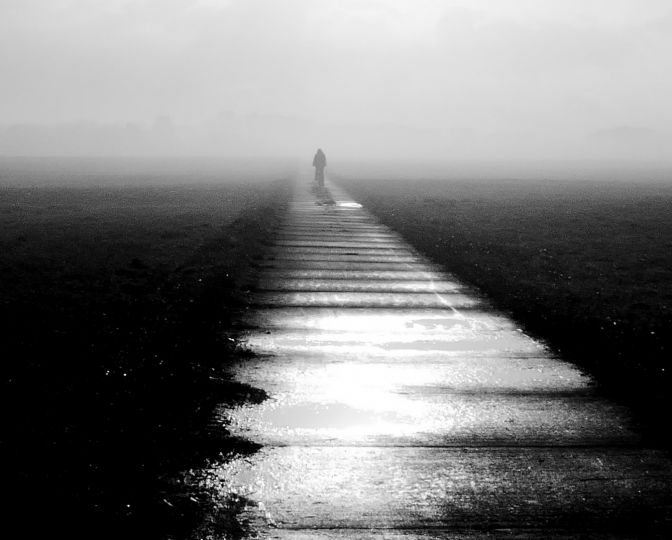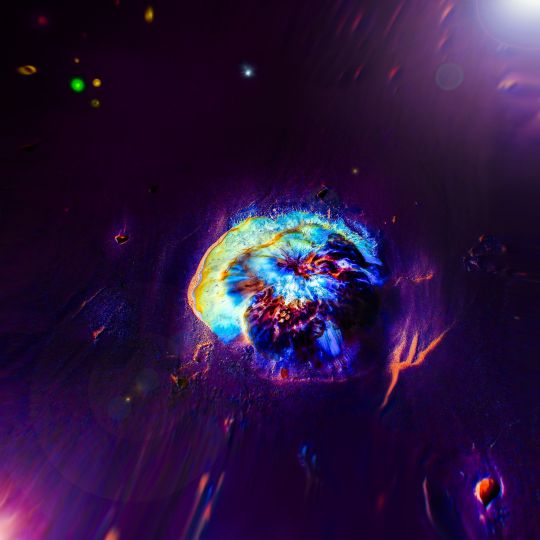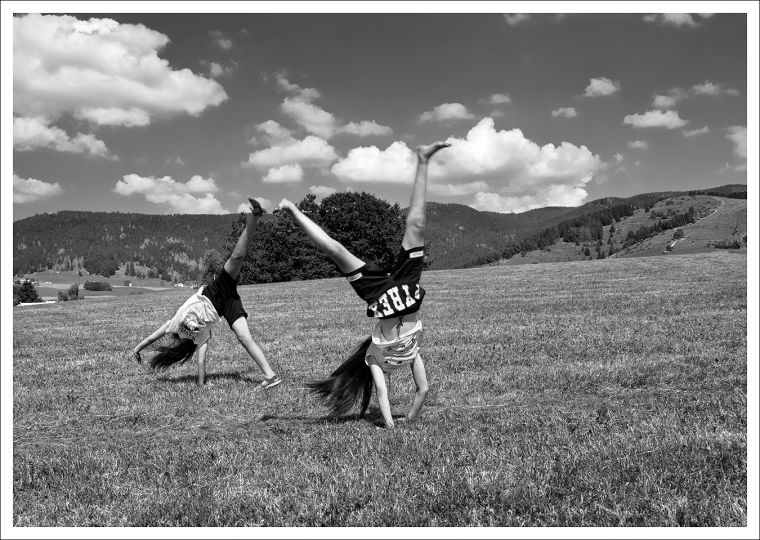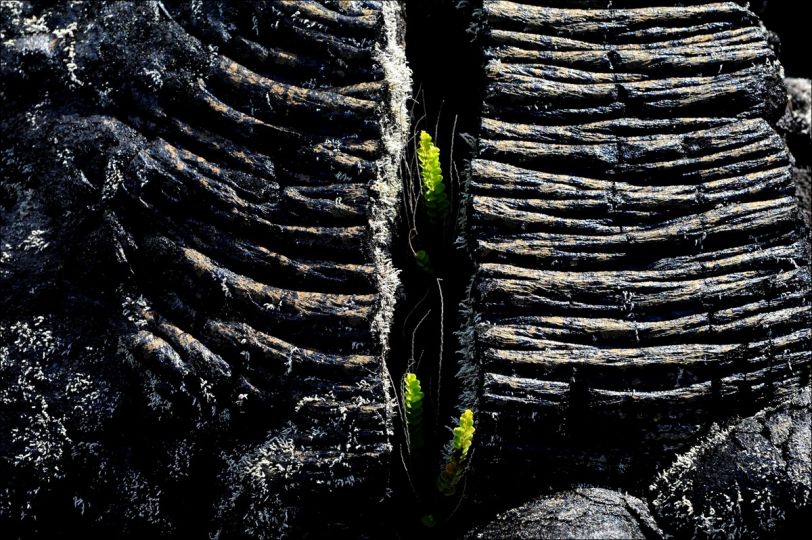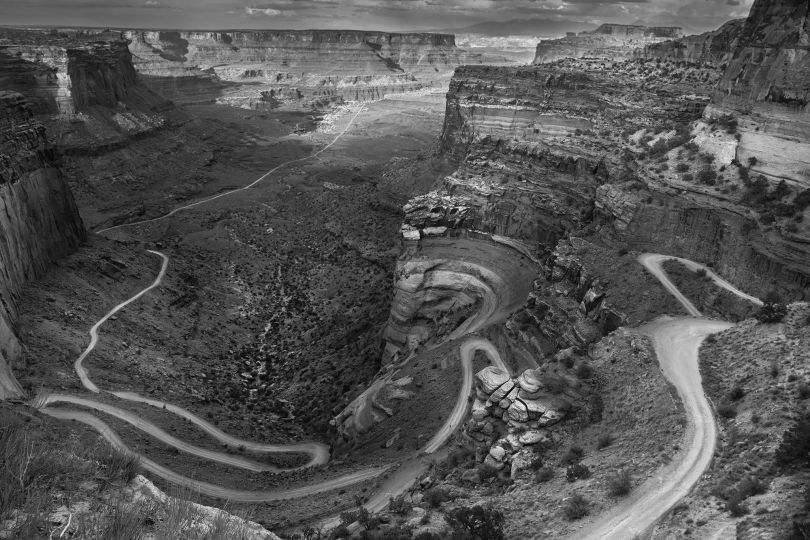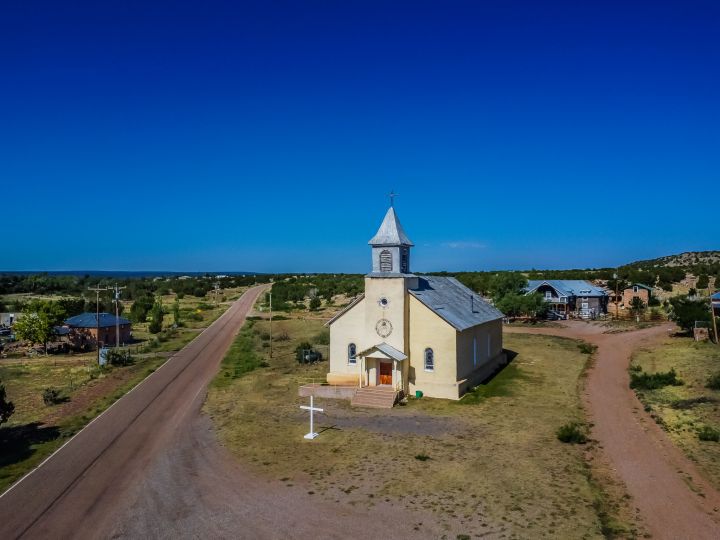Donde las sombras hablan
I would begin to describe my attitude to photography by repeating the words of Sonja Bullaty “My experience seems to revolve around one important click of the camera”. One thing to keep in mind, and with which I fully agree, because, when I look through the lens, consciously or even quite unconsciously, I note with all my acquired over the years. The socio-political-cultural baggage of “Miguel David”. Family, school, friends, readings… where I live… music, politics, social relations… why I photograph “this” and not “that” ? I have never found the answer. And unfortunately… I will never get to the answer.
In my photographic approaches, I have always been a person much more concerned with the concept, abstraction and the finding of forms, than with taking a social, committed or raw photo. Sometimes I have wondered about the reason for this predilection and I can’t find the answer. A question of taste, education or way of understanding life… I suppose. I insist that in my concepts I have always taken the intimate route, that of the interior, subjective and personal photo, fleeing from clichés and “easy” reports.
The gaze we direct at the photo is not a simple visual exercise, it is a relational beam where an exchange of information, reflections, sensations and emotions takes place between the personality of the author and that of the viewer. We think we understand the photo when the image represented coincides with the images of the real world we know (a landscape, a still life, a nude…) The problem arises when in the image rep In this subjective perception, I deduce that any unrecognisable shape that does not fit any identifiable figure, makes the viewer psychically try to give it a resemblance to some mould “registered” in his brain. This fact forces him to “invent” recognisable figures and objects.
In this subjective perception, and given that I do not communicate anything… I only express, I deduce that any unrecognisable form that does not fit any identifiable figure, makes the spectator psychically try to give it a resemblance to some mould “registered” in his brain. This fact forces him to “invent” recognisable figures and objects. According to my theory based on an essay by Carl Einstein, “… any act of viewing summons and attracts an archive of accumulated sensations and experiences that serve to palliate the insufficient reality…”. What ends up being an interesting, entertaining and suggestive scattering of riddles, where psychic processes are activated by optical perception. “What we are dealing with is the functioning of unconscious processes within experience”. Sartre: “The act of imagination is a magical act”. Dreams. Desires. Fantasies
I consider harmonizing with Roman de La Calle, my picture is intimate, personal, flirting with my autobiography and zigzags, ambiguous and suggestive not say anything.
I still work with film, “Kodak T-Max 100”, in black and white, and then I develop the images with the classic process of chemical products, silver baryta paper. I am reluctant to digital, because I don’t like the computer, I don’t know it, and because I think that there is still a world “out there” that I can capture, that I don’t know, and that I can give it my photographic vision, still, with the simple black and white film. As Rafael Prats points out “… he remains faithful to black and white, to his analogue camera and to the intimate act of developing in his laboratory…”.
Images captured with universal 35m cameras.
Lenses 50mm, 28mm and 24mm
Kodak tmax 100 negatives. b / w
Developed with chemicals.
After, the photos were extended in classic laboratory. chemical products. in silver salts barited paper.
Ilford warm tone multigrade.
The darkroom work is done by myself








